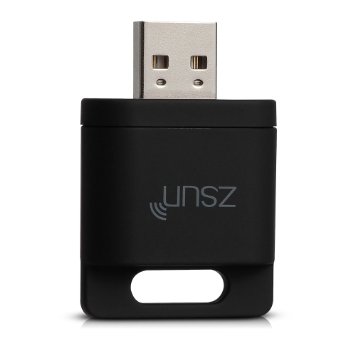For those of you that are into digital currency and have been following Monero, you probably know by now that an ingenious web based miner was created, allowing people to monetize websites by using some cpu cycles from their visitors.

Unfortunately this has been used in malicious ways ( e.g. here and here ) which pushed it to several Anti Virus’s blacklists or popup blockers.
Since then, the original developers tried to create a alternatives to clear CoinHive’s image, but at this point it might be complicated to revert all the actions that were set in place to stop its usage as malware.
For now, you might be better off running your own cluster ( to avoid issues with anti virus or adbockers ) and to do that you need to use a middleware that translate’s coinhive’s custom protocol to something that most of the mining pools can understand: stratum protocol.
That’s where this neat tool enters. CoinHive Mining Stratum Proxy is a Python tool that can act as a proxy between your website clients and a mining pool. This is particularly important since coinhive.com is blocked by several security tools.

The original tool was already a great tool, but I’ve decided to add SSL support and make the command line more clear regarding to the accepted parameters. Another nice feature the ability to check how many clients are currently connected and how many hashes were accepted.
Feel free to check out my version here https://github.com/zatarra/coinhive-stratum-mining-proxy and the original version here. I’ll open a pull request to the original project once I complete the tests for these new features that I’ve added.









